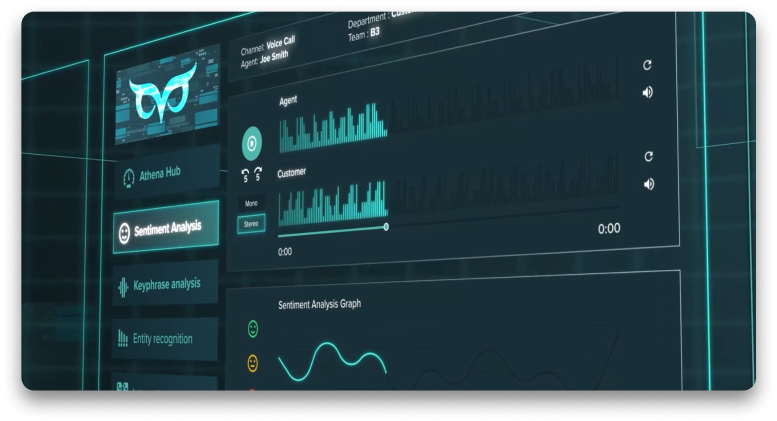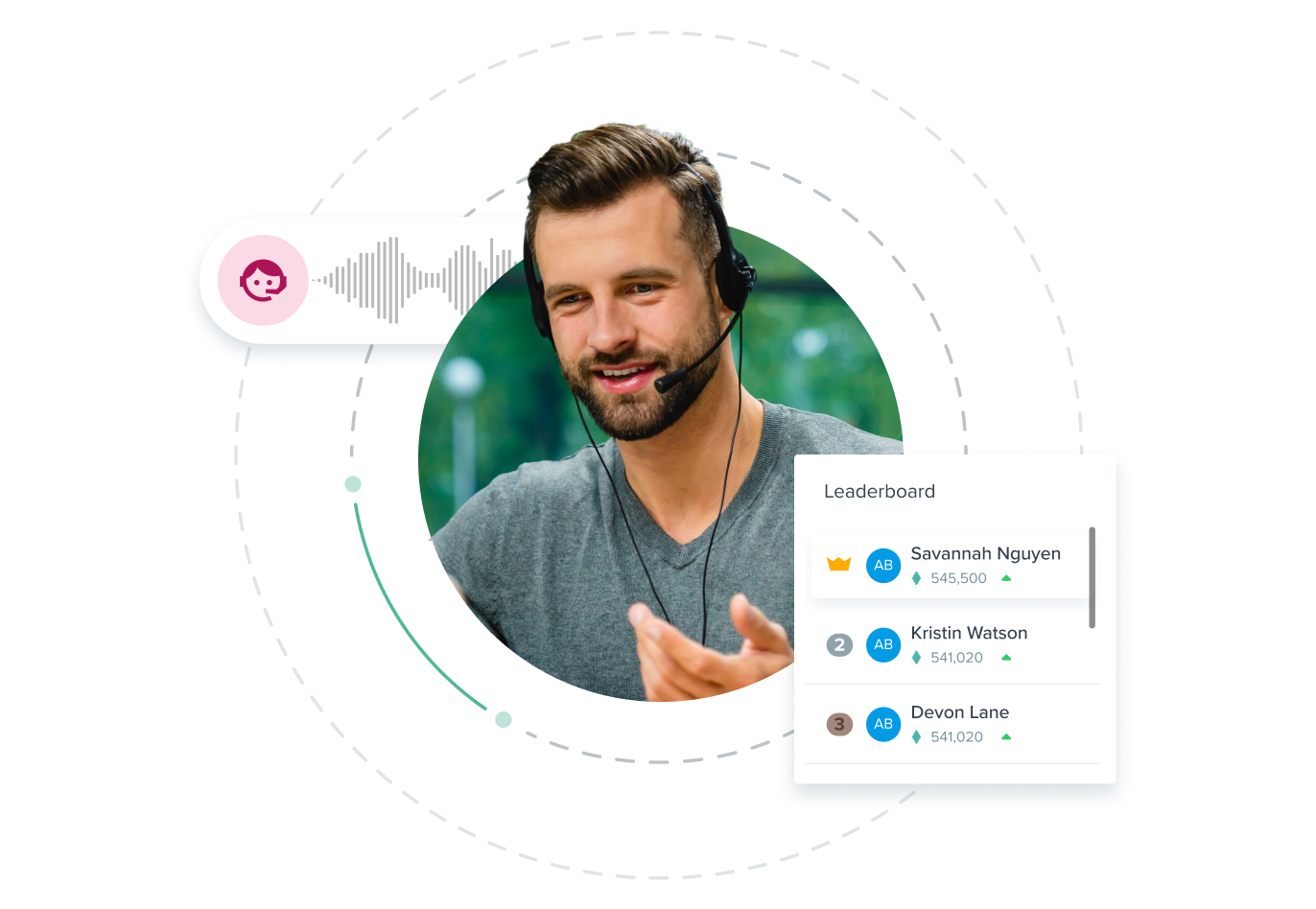Auto Dialer
An Auto Dialer is a pivotal software solution utilized by outbound call centers or sales departments, designed to streamline the process of reaching out to a designated list of customer numbers. Its automated functionality not only expedites the dialing process but also enhances overall efficiency and productivity within these operational environments.
When it comes to outbound campaigns, particularly urgent or high-volume ones such as sales promotions or new product releases, a business’s primary objective is to promptly update as many customers as possible. In this scenario, relying on sales representatives or customer engagement agents to manually dial and call each customer or prospect on a list falls short of the desired efficiency standards. Fortunately, an Autodialer or Automated Dialer system can alleviate this issue.
In today’s landscape, the technology utilized by call center agents or sales representatives is nearly as crucial as their invaluable human skills, if not more so. Research suggests that for every 1.5 minutes spent conversing with a prospect, an agent invests approximately 6 minutes in manual tasks such as dialing or searching for customer information. This is where Dialer software systems step in.
A suitable Autodialer system can liberate agents from these mundane tasks, enabling them to concentrate on what truly matters: engaging in high-value conversations with customers and prospects. In this article, we’ll explain everything you need to know about Autodialer or Automated Dialer systems: from their operational mechanisms to their applications and what sets them apart from other types of Dialer.
What is an Auto Dialer?
In essence, an Autodialer represents a sophisticated software solution engineered to streamline outbound calling processes. It operates by automatically dialing a predetermined list of customer numbers and executing predefined actions, such as playing a prerecorded message or connecting the call to a live agent upon customer interaction.
By automating the dialing process, Autodialers alleviate the burden on agents, sparing them the time and effort typically spent manually selecting and dialing customers. This automation liberates agents to concentrate on their core strengths and the aspects of their work that truly add value to the business: engaging in meaningful conversations with customers.
The widespread adoption of automated dialers is primarily driven by industries and environments where time is of the essence. For instance, within sales call centers where stringent quotas often dictate operations, automated dialing serves as a vital tool to enhance productivity. By entrusting the dialing process to a machine, agents can significantly increase their outreach, engaging in more conversations, generating more leads, and ultimately driving more sales within shorter time frames.
Moreover, the versatility of autodialer technology extends beyond the realm of sales, finding applications across diverse sectors such as healthcare and hospitality. In these industries, the efficiency gains derived from automated dialing processes translate into improved service delivery, enhanced patient care, and elevated customer satisfaction levels.
How does an Auto Dialer work?
Here’s a typical operational process of an Autodialer system or Automated Dialer:
1. Data Input
This initial stage involves users or agents inputting a list of phone numbers into the Autodialer’s system. The significance of this step cannot be overstated as it lays the foundation for subsequent outreach efforts. The list typically includes leads, prospects, or existing customers targeted for communication.
2. Contact Information Retrieval
Once the data is inputted, the Autodialer accesses a database or contact list containing customer information such as phone numbers and names. Efficient retrieval of accurate contact information is crucial for ensuring successful connections and effective communication.
3. Dialing
The dialing stage represents the core function of the Autodialer. It involves initiating calls to the listed phone numbers, either in a sequential manner or based on a predefined strategy. This stage streamlines the process of reaching out to a large volume of contacts efficiently, saving time and effort for agents.
4. Call Handling
Upon connecting with a contact, the Autodialer manages the call based on predefined actions. It can route the call to a live agent for personalized interaction, play a pre-recorded message for information dissemination, or handle the call based on system settings in the absence of a response. This stage ensures that each interaction is managed effectively, maximizing the potential for successful outcomes.
5. Call Status Monitoring
The Autodialer continuously monitors the status of each call, including whether it was answered, went to voicemail, or encountered a busy signal. This real-time monitoring allows for prompt adjustments in the dialing strategy to optimize connection rates and agent productivity.
6. Interactive Voice Response (IVR)
Some Autodialers incorporate Interactive Voice Response (IVR) technology, enabling automated interaction with contacts through voice or keypad inputs. IVR enhances the efficiency of communication by automating certain tasks and facilitating self-service options for callers.
7. VoIP Integration
Integration with Voice over Internet Protocol (VoIP) technology enables Autodialers to place calls over the internet, offering flexibility and cost-effectiveness compared to traditional phone lines. VoIP integration is particularly beneficial for businesses operating in distributed or remote environments.
8. Data Logging
Comprehensive data logging capabilities allow the Autodialer to capture and store valuable call data, including call duration, outcomes, and customer responses. This data serves as a valuable resource for performance analysis, campaign optimization, and strategic decision-making.
9. Advanced Features
Modern Autodialers may offer a range of advanced features to further enhance functionality and effectiveness. These may include call recording for quality assurance and training purposes, caller ID for personalized interactions, call analytics for performance tracking, and integration with CRM systems for seamless workflow management.
At this stage, it’s important to acknowledge that not all automated dialers operate identically. There can be significant differences, particularly in the sophistication of the dialing stage, which may impact their suitability for different types of businesses.
One notable aspect of variation among Autodialer systems lies in whether they incorporate Predictive Dialer features. Predictive Dialers represent a more advanced iteration of Autodialer technology, leveraging algorithms and predictive analytics to optimize call pacing based on factors such as agent availability and call success rates.
Predictive Dialers dynamically adjust the dialing rate in real-time to minimize agent idle time and maximize call connection rates, whereas Automated Dialers follow a more straightforward and less adaptive approach to dialing.
Understanding these distinctions is crucial, as they can influence the efficiency, effectiveness, and compatibility of Autodialer systems with specific business requirements and operational environments. In the subsequent section, we’ll delve deeper into the differences between Automated Dialers and Predictive Dialers, elucidating their respective functionalities and benefits.
Auto Dialer vs Predictive Dialer: what’s the difference and which is better?
While the terms “Autodialer” and “Predictive Dialer” are often used interchangeably, it’s crucial to recognize significant differences between the two.
Autodialing software enables simultaneous calling of multiple numbers, while predictive dialing software employs AI technology and statistical algorithms to anticipate agent availability and queue customer calls accordingly. This predictive approach aims to enhance the customer experience by reducing waiting times and minimizing gaps between agent interactions. For example, during peak activity, predictive dialing software adjusts its pace to prevent prolonged customer holds.
In practice, here’s how this distinction plays out: an Autodialer systematically places calls at a fixed pace, typically dialing a new number as soon as an agent becomes available and connecting answered calls to an available representative from a batch of contacts. Conversely, predictive dialer software initiates calls just before an agent finishes their ongoing call by predicting call duration and availability.
In essence, a predictive dialer represents a more sophisticated iteration of automated dialing, automatically adjusting the pace of calls based on various factors. Unlike standard automated dialers, which require human input to set call rates, predictive dialers dynamically configure dialing rates based on factors such as agent availability and average call duration.
Automated dialers are suitable for smaller teams and campaigns with limited contact lists, while predictive dialer software is preferable for large teams and campaigns with substantial call volumes and a need for rapid call processing.
However, each type of dialer has its potential downsides: standard Autodialers may lead to higher numbers of dropped or abandoned calls due to less control over call pacing, while predictive dialers may become overly aggressive in pacing, resulting in dropped or abandoned calls if predictions are inaccurate.
Therefore, it’s essential to thoroughly assess your business needs and the features of a dialer before selecting a particular solution. Additionally, it’s worth noting that some auto-dialing software may incorporate predictive dialing features, while others may not.
In summary, a Predictive Dialer represents a specialized form of Automated Dialer that leverages AI and intelligent algorithms to pace call rhythms effectively. In another article, we explore various types of dialers and their associated advantages and disadvantages for different businesses.
Furthermore, let’s briefly differentiate Progressive Dialer from Auto dialer solutions in the next section before discussing the benefits of Auto dialer solutions.
What’s the difference between Auto Dialer and Progressive Dialer?
A more subtle distinction lies in comparing Automated Dialer and Progressive Dialer systems. This parallels the relationship seen with Predictive Dialers: all Progressive Dialers fall under the Automated Dialer category, but not all Automated Dialers are Progressive.
The difference is straightforward: a Progressive Dialer always waits for an agent’s availability before dialing the next number on the list, whereas an Autodialer may not consistently follow this approach. Its dialing strategy or pace might allow for simultaneous dialing of multiple numbers or initiating calls without waiting for agent availability.
Automated Dialers enable more aggressive call pacing, beneficial for large-scale outbound campaigns, while Progressive Dialers focus on reducing unanswered calls.
As a result, Progressive Dialer systems are particularly useful for businesses with small to medium-sized sales or customer service teams and campaigns with moderate call volumes. They excel in scenarios requiring personalized attention and closely aligned call pacing with agent availability.
Conversely, standard and Predictive Auto Dialer systems suit businesses with larger teams and higher call volumes, especially in telemarketing, collections, or customer service operations prioritizing maximum call volume and connections with potential clients or customers. For businesses emphasizing efficiency, scalability, and broader audience reach, automatic dialers, particularly predictive dialers, are often more suitable.
With this understanding, you should now have a clearer grasp of the Autodialer concept, its potential benefits for your business, and how it contrasts with Predictive Dialer or Progressive Dialer systems.
Advantages of Autodialer Systems
Improved Operational Efficiency
Automated Dialer systems streamline the calling process by automating the dialing of numbers from contact lists. This eliminates the need for agents to manually dial numbers, significantly reducing the time and effort required for each call. Consequently, agents can complete a higher volume of calls within a given time period, resulting in increased productivity and efficiency.
Time Optimization
By automating various calling-related tasks such as call disposition logging and follow-ups, Autodialer systems enable agents to allocate their time more effectively. With routine tasks automated, agents can focus their attention on more value-added activities, such as engaging with customers and prospects. This optimization of time allocation enhances overall workflow efficiency and effectiveness.
Streamlined Call Distribution
Some automated dialers feature advanced capabilities for intelligently distributing calls among available agents. By considering factors such as agent skills, customer profiles, and call priority, these systems ensure that each call is routed to the most suitable agent. This optimized call distribution enhances customer satisfaction by facilitating quicker resolutions and more personalized interactions.
Scalability
Autodialer systems offer scalability, allowing businesses to easily adjust their dialing pace to accommodate fluctuating call volumes or new campaigns. This flexibility enables organizations to respond promptly to changing demands without the need for extensive infrastructure modifications or additional resources. As a result, businesses can adapt to evolving requirements while maintaining operational efficiency and effectiveness.
If you enjoyed reading this, you might also be interested in…
Dialer Software
Customer Service AI
Speed Dialer
Contact Center Artificial Intelligence
Preview Dialer
Power Dialer



